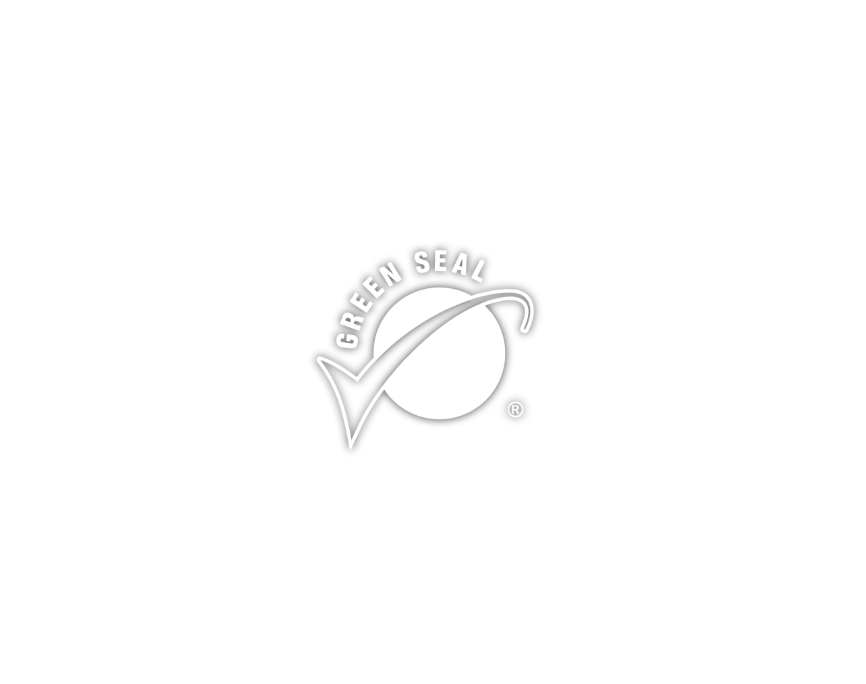This standard is for products that are intended to enhance the appearance and feel of the skin and hair and provide other personal care and hygiene functions and are left on the body. This includes lotions, moisturizers, oils, powders, creams, sun block, insect repellent, antiperspirant, and deodorant used for adults, babies, children, and professional-use.
The standard is the first standard that comprehensively addresses the health, environmental, and labeling concerns for these personal care products. For example, the standard prohibits carcinogens and other hazardous materials commonly found in these products. In addition, this standard requires labeling of ingredient for all products and defines common claims made on these products such as natural, organic, and biobased. As a result, this standard provides a way for consumers to know that their personal care and cosmetics products do not contain the harmful components they are concerned about and that any claims about these products are validated. The standard can serve as a tool to help companies begin to take action to improve their products and is available for Green Seal certification.























